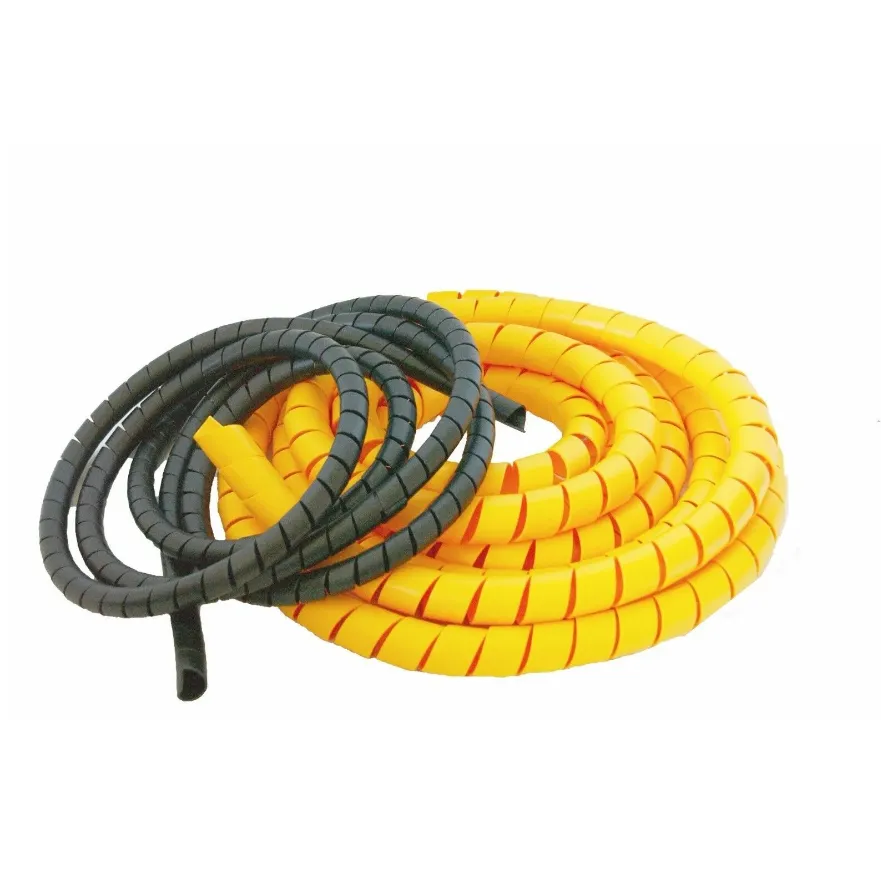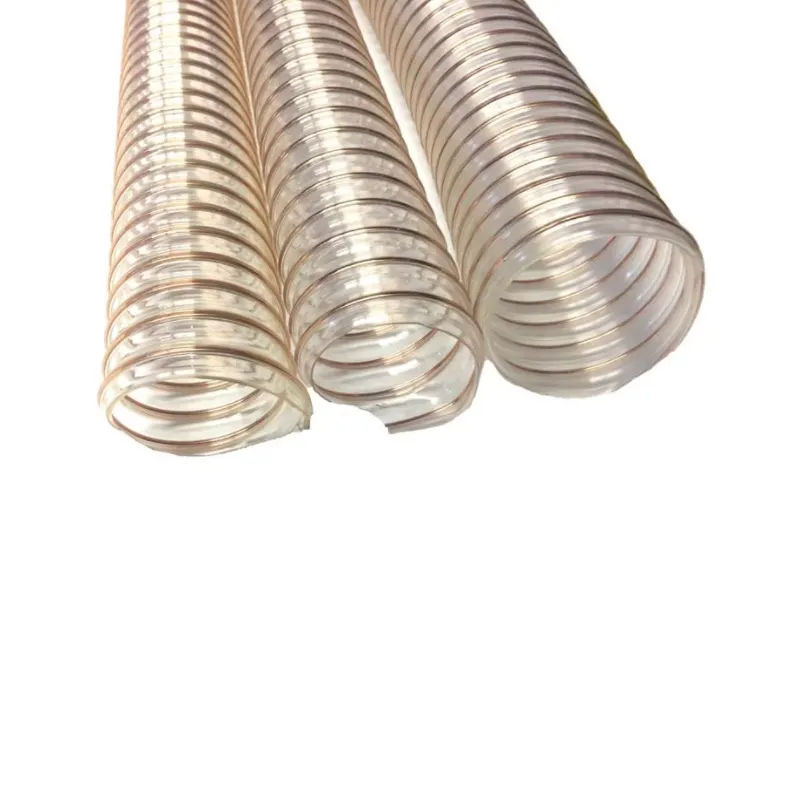
- Afrikaans
- Albanian
- Amharic
- Arabic
- Armenian
- Azerbaijani
- Basque
- Belarusian
- Bengali
- Bosnian
- Bulgarian
- Catalan
- Cebuano
- Corsican
- Croatian
- Czech
- Danish
- Dutch
- English
- Esperanto
- Estonian
- Finnish
- French
- Frisian
- Galician
- Georgian
- German
- Greek
- Gujarati
- haitian_creole
- hausa
- hawaiian
- Hebrew
- Hindi
- Miao
- Hungarian
- Icelandic
- igbo
- Indonesian
- irish
- Italian
- Japanese
- Javanese
- Kannada
- kazakh
- Khmer
- Rwandese
- Korean
- Kurdish
- Kyrgyz
- Lao
- Latin
- Latvian
- Lithuanian
- Luxembourgish
- Macedonian
- Malgashi
- Malay
- Malayalam
- Maltese
- Maori
- Marathi
- Mongolian
- Myanmar
- Nepali
- Norwegian
- Norwegian
- Occitan
- Pashto
- Persian
- Polish
- Portuguese
- Punjabi
- Romanian
- Russian
- Samoan
- scottish-gaelic
- Serbian
- Sesotho
- Shona
- Sindhi
- Sinhala
- Slovak
- Slovenian
- Somali
- Spanish
- Sundanese
- Swahili
- Swedish
- Tagalog
- Tajik
- Tamil
- Tatar
- Telugu
- Thai
- Turkish
- Turkmen
- Ukrainian
- Urdu
- Uighur
- Uzbek
- Vietnamese
- Welsh
- Bantu
- Yiddish
- Yoruba
- Zulu

មករា . 22, 2025 03:01 Back to list
power washer hose


Beyond specifications and materials, one should consider the ease of connection of the power washer hose. Quick-connect fittings significantly enhance the convenience of attaching and detaching the hose, saving valuable time and effort. These fittings are designed to prevent leaks and maintain a secure connection, contributing to the overall efficiency of the task at hand. Specialized hoses also exist for specific applications. Some are equipped with anti-marking technology, preventing unsightly streaks and marks on sensitive surfaces. Others are constructed with steel wire braiding for enhanced toughness, suitable for industrial applications where the hose may undergo significant wear and tear. Selecting the right hose for your unique needs ensures both the quality of your cleaning and the longevity of the equipment. Maintaining your power washer hose is equally as important as choosing the right one. Regularly inspecting the hose for wear and damage can prevent unexpected failures during critical tasks. Storage plays a vital role as well, with proper coiling and placement preventing kinks and prolonged exposure to harsh weather conditions. Clean the hose after use to remove any detergent residues that might degrade the material over time. In summary, the power washer hose is a pivotal component that demands careful consideration and understanding to harness its full potential. By selecting the appropriate hose material, length, diameter, and pressure rating while ensuring ease of use and maintenance, users can maximize their power washer's performance and elevate their cleaning experience to new heights. Equip yourself with the knowledge and tools needed to transform daunting maintenance chores into efficient, rewarding tasks, improving both the aesthetics and hygiene of your environment.
Latest News
Steel Wire Reinforced Hydraulic Hose SAE 100 R1 / EN853 1SN S
NewsOct.17,2024
Two Layers Steel Wire Reinforced Hydraulic Hose SAE 100 R2 / EN853 2SN
NewsSep.03,2024
Textile Braid Reinforced Hydraulic Hose SAE100 R3+R6
NewsSep.03,2024
Textile Reinforced Hydraulic oil Suction Hose with embedded Steel Wire SAE 100 R4
NewsSep.03,2024
Single Wire Braid and Textile Covered Hydraulic Hose SAE 100 R5
NewsSep.03,2024
High Pressure Thermoplastic Hydraulic Hose SAE 100 R7 / EN855 R7 - SAE 100 R8 / EN855 R8
NewsSep.03,2024
Heavy Duty Four-layer Steel Wire Spiral Reinforced Hydraulic Hose SAE100R9+R10+R12
NewsSep.03,2024
Heavy Duty Multi-layer Steel Wire Reinforced Hydraulic Hose SAE100R13 SAE100R15
NewsSep.03,2024
Latest Products










